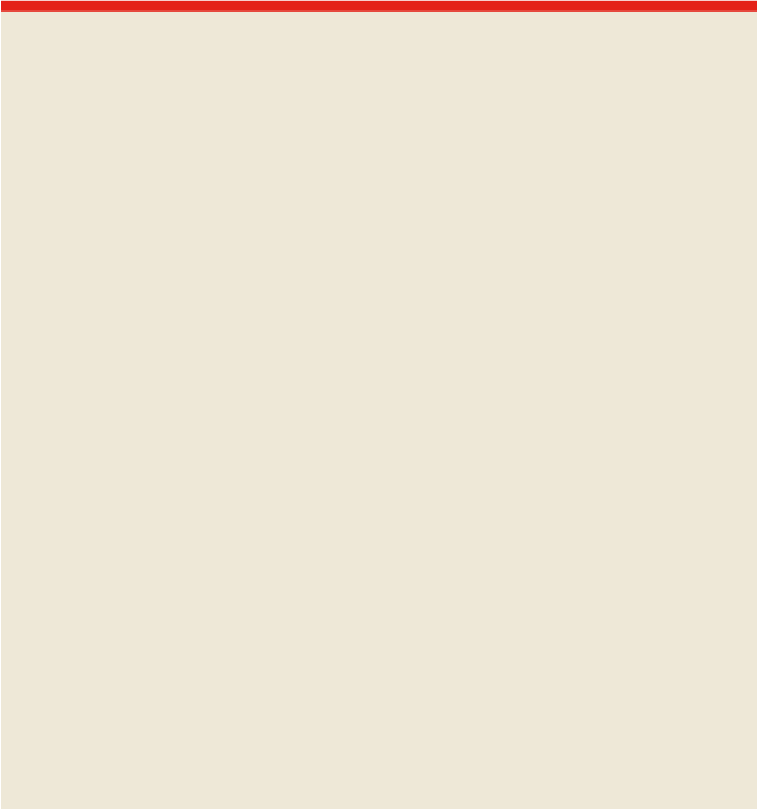Travel Reference
In-Depth Information
bourhoods of the north side where most of his aristocratic peers lived. 'Where I go,' he confidently predicted, 'so-
ciety will follow.'
He was right, and over the following century the street was lined with impressive buildings. On the left-hand
side as you begin is the old Kildare Street Lords Club, a members' club famous for 'aristocracy, claret and whist'
that was founded in 1782. In 1860 the original building was replaced by this Byzantine-style construction, de-
signed by Thomas Newenham Deane, where it remained until 1976. It is now the home of the
Alliance
Francaise
.
On the same side a little further up is the
National Library
(
Click here
), another one of Deane's designs;
immediately after the library, the imposing black gates and police presence protect
Leinster House
(p ), the
Palladian city pile that Fitzgerald commissioned Richard Cassels to build for him in 1745-48. It is now the seat of
both houses of the Irish Parliament. From this side American visitors might think the building oddly familiar: the
townhouse look is what inspired James Hoban, 1780 winner of the Duke of Leinster's medal for drawings of
'brackets, stairs and roofs,' to submit a design that won the competition to build the White House in 1792.
The next building along the street is the
National Museum of Ireland
(
Click here
)
, another Deane build-
ing, which opened in 1890 and has since been the repository of the state's most valuable cultural treasures. As
you reach the top of the street, the greenery in front of you is that of
St Stephen's Green
(
Click here
), the
city's best-loved public square. Once a common used for punishments and hangings, the green was landscaped
with Guinness money in the mid-18th century and quickly became the aristocracy's favourite spot to take a walk.
Turn left and walk along the green, passing the
Shelbourne
(
Click here
), onto Merrion Row, taking anoth-
er left onto Merrion St. On your right, No 24 in the row of elegant Georgian houses is reputed to be the birthplace
of Arthur Wellesley, the Duke of Wellington, who dealt with jibes about being born in Ireland by snippily re-
sponding that 'being born in a stable doesn't make one a horse'. That 'stable' is now part of the city's most eleg-
ant hotel, the
Merrion
(
Click here
).
On your left-hand side you'll pass the
Government Buildings
(
Click here
), where the current government
runs its day-to-day affairs, and just past it, the rear entrance to Leinster House; from here it looks more like a
country mansion. The smaller building wedged in between Government Buildings and Leinster House is the
Natural History Museum
(
Click here
), opened in 1857.
On your right is
Merrion Square
, the most elegant of Dublin's public spaces. The park itself is gorgeous,
while the houses that surround it are magnificent: their doorways and fanlights are the most photographed of the
city's Georgian heritage and a disproportionate number of Dublin's most famous residents lived on it at one point
or another. If you want to see inside a typical Georgian home,
No 29 Lower Fitzwilliam St
(
Click here
), at
the square's southeastern corner, has been carefully restored.
Walk around or through Merrion Sq, making your way back to West Merrion Sq and the
National Gallery
(
Click here
)
, which opened in 1864 and was built by Francis Fowke after a design by Charles Lanyon. For the
sake of symmetry, the facade is a copy of that of the Natural History Museum.













